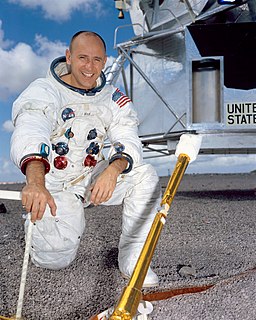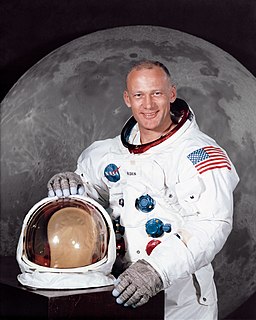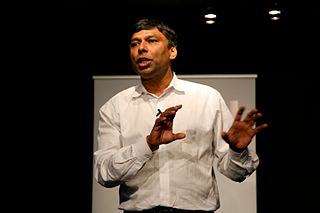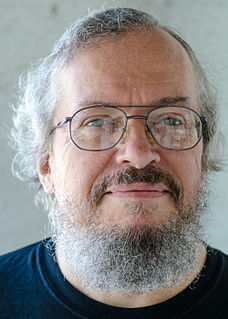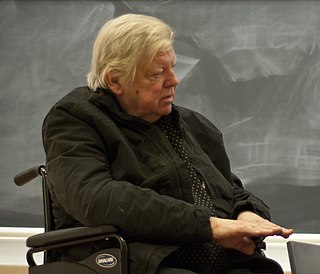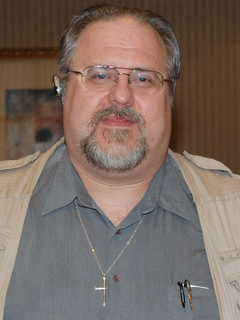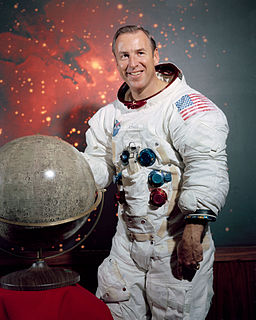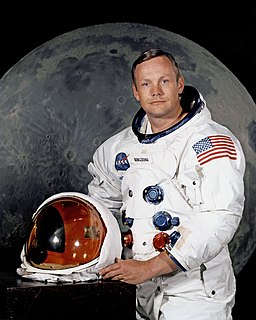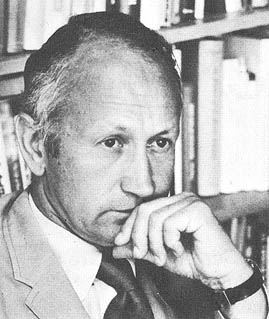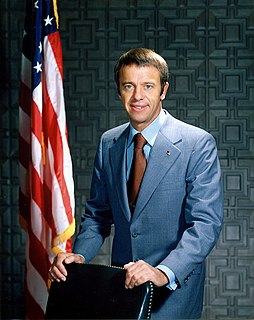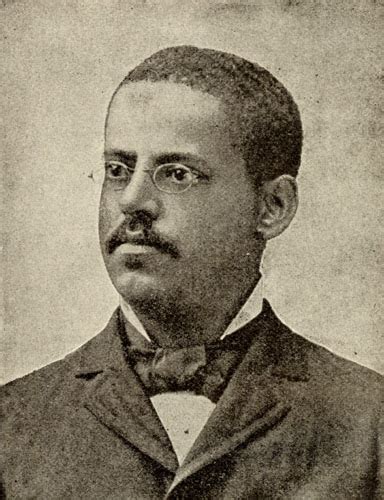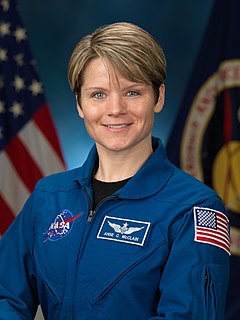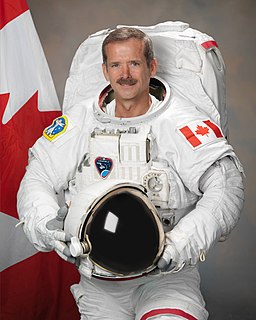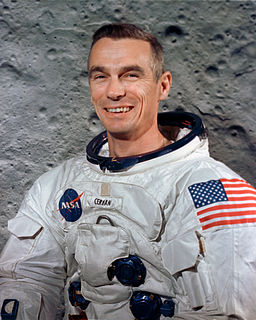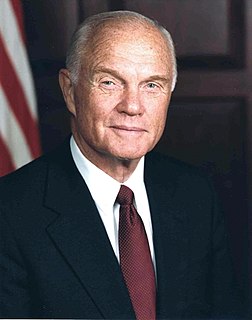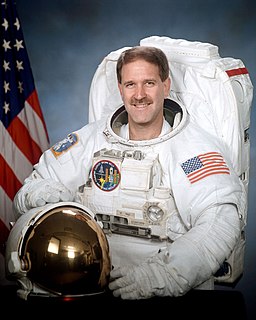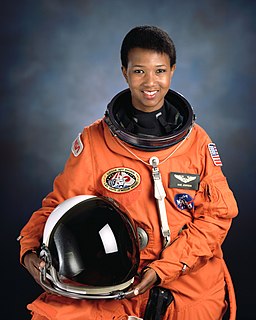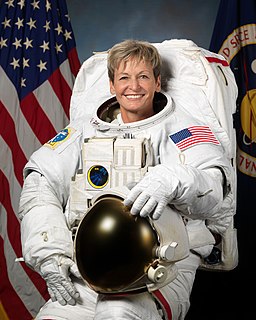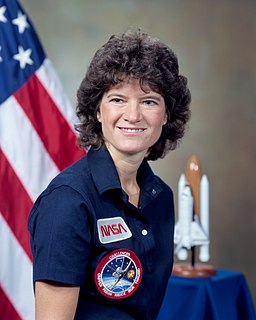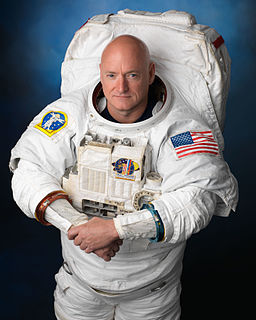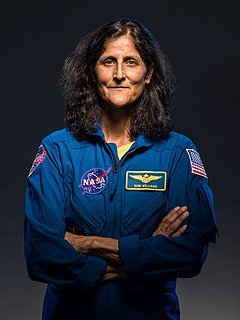A Quote by Alan Bean
Frequently on the lunar surface I said to myself, 'This is the Moon, that is the Earth. I'm really here, I'm really here!'
Related Quotes
When I finally had the chance to make my childhood dream a reality - as a co-founder and chairman of Moon Express - my goal was to broaden participation in lunar exploration, and connect the common person to its results. We plan to send robotic rovers - not humans - to the Moon to search for precious metals and rare minerals on the Moon's surface.
I've always been interested, - if you look back at my work from the beginning, really - I've always been interested in the idea of the artificial landscape. Reforming the landscape. Architecture being a method of reforming the earth's surface. We reshape the earth's surface, from architecture to paving streets, to parking lots and buildings that are really reforming the surface of the earth. Reforming nature, taking over what we find. And we're mushing it around and remaking a new earth - or, what we used to call Terra Nova.
I was an eight-year-old kid when I watched the first Apollo Moon Landing way back in 1969 and there was something about that moment that really stuck in my head. I'd always been interested in space and flying and I was building model rockets and model airplanes, but something about that moment, I can remember like it was yesterday watching the Apollo Lunar Lander approach the surface of the Moon and then later watching Neil Armstrong and Buzz Aldrin take the first steps on the Moon, and something that day started the dream for me that, hey, I want to be like those guys.
It hadn't really percolated through my brain that I was going to see real, live TV from the surface of the Moon, and boy, oh, boy, had that Saturn V launch been exciting! And then, there it was - late at night, sitting up, watching, and there was Neil Armstrong actually standing on the surface of the Moon.
There was just one moon. That familiar, yellow, solitary moon. The same moon that silently floated over fields of pampas grass, the moon that rose--a gleaming, round saucer--over the calm surface of lakes, that tranquilly beamed down on the rooftops of fast-asleep houses. The same moon that brought the high tide to shore, that softly shone on the fur of animals and enveloped and protected travelers at night. The moon that, as a crescent, shaved slivers from the soul--or, as a new moon, silently bathed the earth in its own loneliness. THAT moon.
We learned a lot about the Moon, but what we really learned was about the Earth. The fact that just from the distance of the Moon you can put your thumb up and you can hide the Earth behind your thumb. Everything that you've ever known, your loved ones, your business, the problems of the Earth itself-all behind your thumb. And how insignificant we really all are, but then how fortunate we are to have this body and to be able to enjoy loving here amongst the beauty of the Earth itself.
The exciting part for me, as a pilot, was the landing on the moon. That was the time that we had achieved the national goal of putting Americans on the moon. The landing approach was, by far, the most difficult and challenging part of the flight. Walking on the lunar surface was very interesting, but it was something we looked on as reasonably safe and predictable. So the feeling of elation accompanied the landing rather than the walking.
Standing on the Moon looking back at Earth - this lovely place you just came from - you see all the colours, and you know what they represent. Having left the water planet, with all that water brings to Earth in terms of colour and abudance life, the absence of water and atmosphere on the desolate surface of the Moon gives rise to a stark contrast.
Viewed from the distance of the moon, the astonishing thing about the earth, catching the breath, is that it is alive. The photographs show the dry, pounded surface of the moon in the foreground, dry as an old bone. Aloft, floating free beneath the moist, gleaming, membrane of bright blue sky, is the rising earth, the only exuberant thing in this part of the cosmos.
